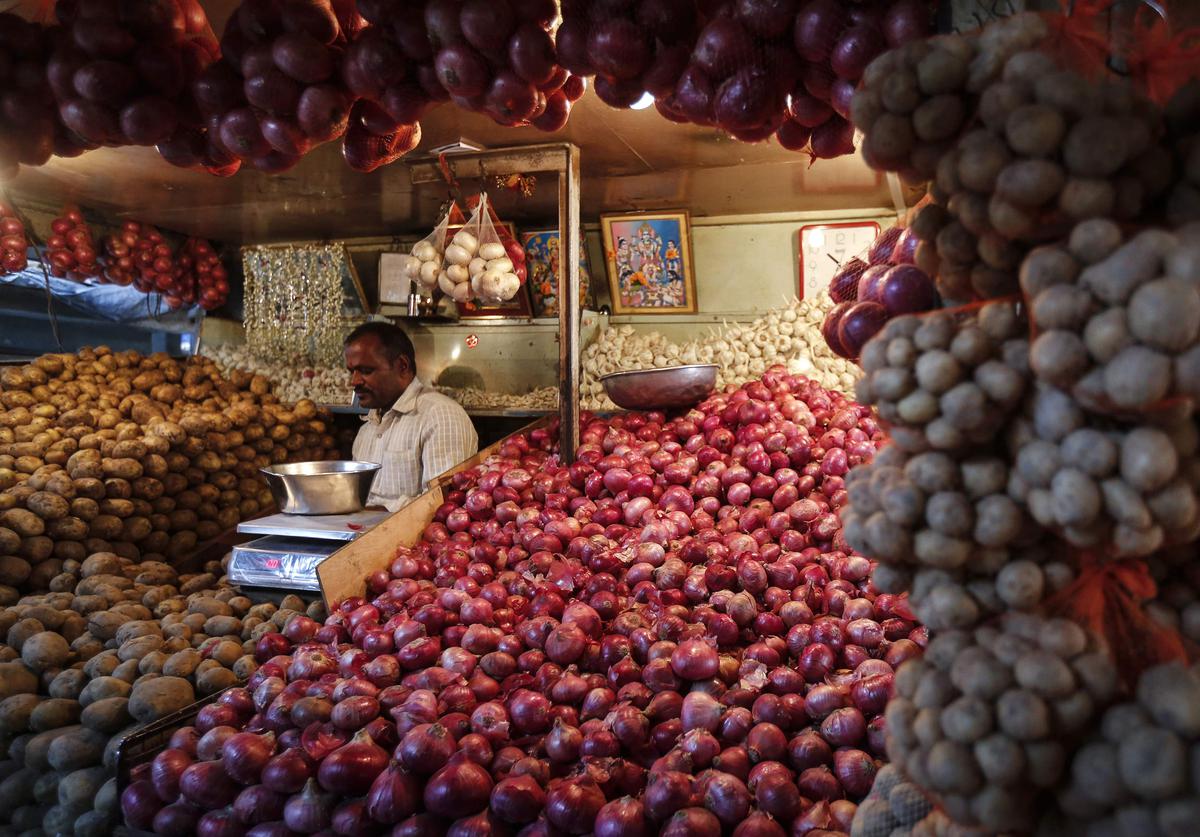According to a Reuters poll of experts, food prices in India likely ended a three-month downward trend in retail inflation in August. This might put additional pressure on the Reserve Bank of India to increase interest rates more quickly in the coming months. Food inflation, which makes up about half of the CPI basket, is anticipated to have increased as a result of record heat driving up the cost of staple crops like wheat, rice, and pulses, which put a strain on household budgets.
Although rising inflation is a worldwide problem, it is particularly felt in countries like India where millions of people are living in extreme poverty. Inflation, as measured by the CPI, likely increased to an annual 6.90% in August from 6.71% in July despite the Indian government barring wheat flour exports toward the end of last month, according to a Reuters poll of about 45 economists conducted on September 5-8.
According to Kunal Kundu, India economist at Societe Generale, “Food prices have actually gone up for main cereals, pulses, and vegetables on an annual basis because of the production constraints and shortfalls induced by a blazing heatwave.” Additionally, he claimed that due to the country’s inconsistent monsoon patterns, crop losses are likely to increase in the following months, keeping food prices high.
According to the RBI’s own predictions, inflation would continue to rise until early 2023, exceeding the target range’s upper end of 6%. According to a separate Reuters poll, the central bank planned to increase the repo rate by an additional 60 basis points by the end of March, from a record-low 4.00% set during the pandemic. Even if a sharp slowdown in the economy is predicted, interest rates are rising.

